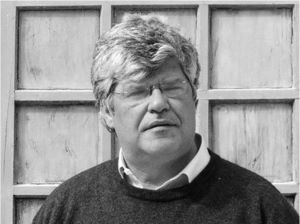She discusses her new show at MAM Shanghai, inspired by the three-month walk.
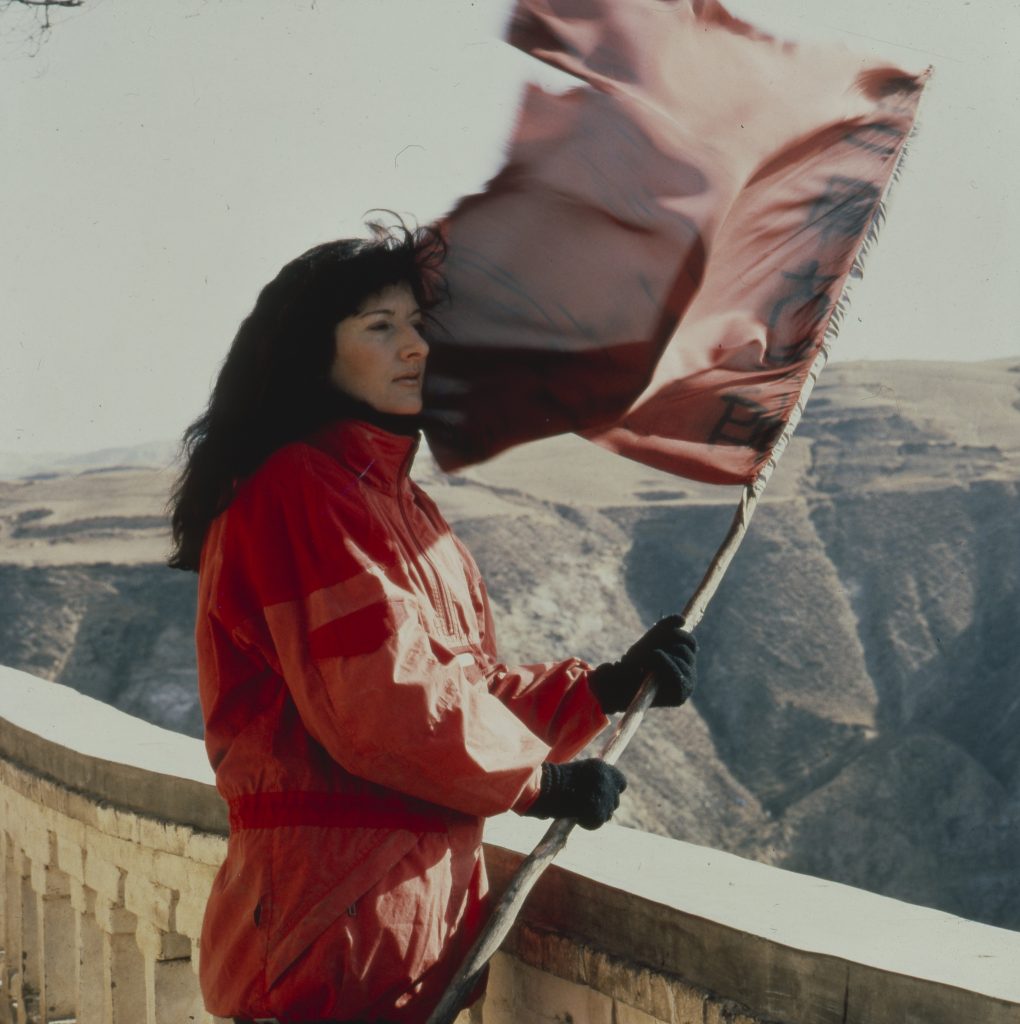
Thirty-six years have elapsed since Marina Abramović last tread upon Chinese soil. In 1988, she and her partner Ulay embarked on an incredible feat of endurance, each walking 2,500 kilometers from opposite ends of the Great Wall of China to meet in the middle for one last embrace before dissolving their personal and professional relationship. Now, nearly three and a half decades later, Shanghai's Modern Art Museum (MAM) has opened the artist's first-ever exhibition in the country.

Marina Abramović, The Great Wall Walk, China Guides, 1988. Courtesy of the Artist.
Titled "Marina Abramović: Transforming Energy," the show presents a series of works inspired by the minerals and terrain the artist encountered during her three-month journey along the Great Wall, along with more than 1,000 previously unseen photographs from the performance. Curated by Shai Baitel, the exhibition includes transitory objects and herbs the artist discovered along the way during her nights spent in different towns and communities with Chinese sages and villagers.
Among the works on view is Bath Stops, a module from Soul Operation Rooms conceived in 2000, which features multiple bathtubs filled with herbs. "I have rose baths, peppermint, chamomile, and jasmine—lots of herbs used for healing in India and China. We also created an experience for people who want to enter these bathtubs without water, with facilitators to lead them on what to do, so they can be covered with rose petals or chamomile," Abramović told me.
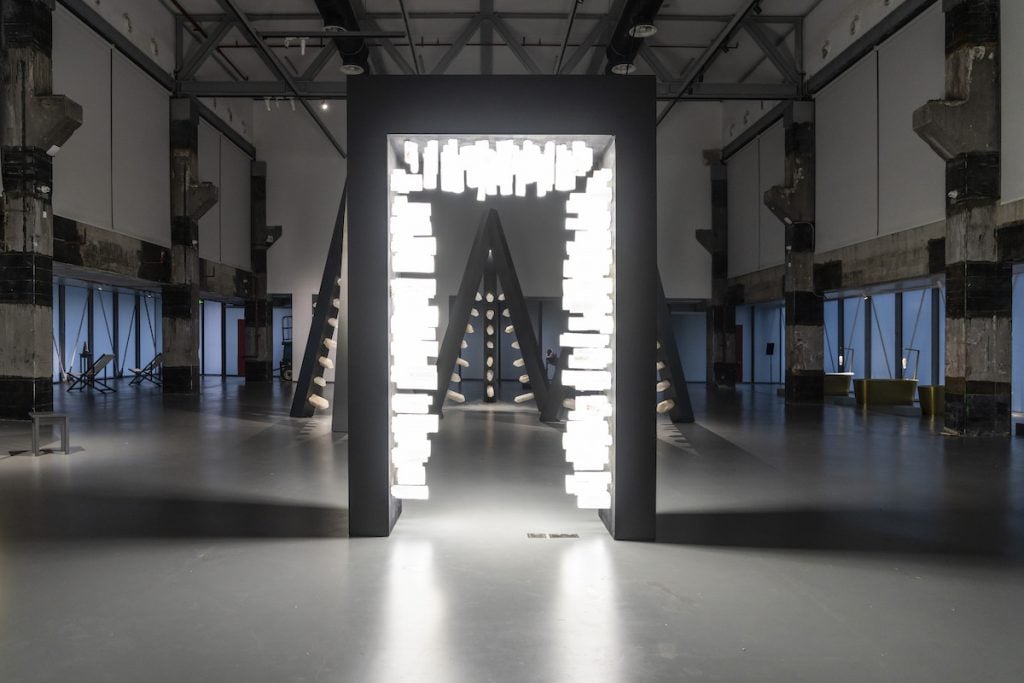
Installation shot of "Marina Abramović: Transforming Energy". Photography by Yu Jieyu, courtesy of MAM Shanghai.
While an audience could not be present during the Great Wall Walk, "Transforming Energy" allows visitors to engage with her works made in response to the performance on a grand scale. Curator Baitel highlights that, "Thirty-six years later, the audience is 'walking,' constructing meaning through Marina's understanding and dedication to the memories embedded in the artwork—essentially walking through the Great Wall of China. It's an analogy, almost a fable to be told by Marina after all this time."
Abramović recalls a time she got lost during the early hours of the morning. "I don't have a good sense of direction; I always get lost. My orientation is never good. I went up too early and ended up walking completely in the wrong direction for six hours," she laughed. "The soldiers didn't tell me because they didn't want to offend me. I don't know why they didn't speak up. Then I arrived at a spot I had already photographed, and I realized, 'Oh my god, I've been here!' Everyone laughed, and we went back."
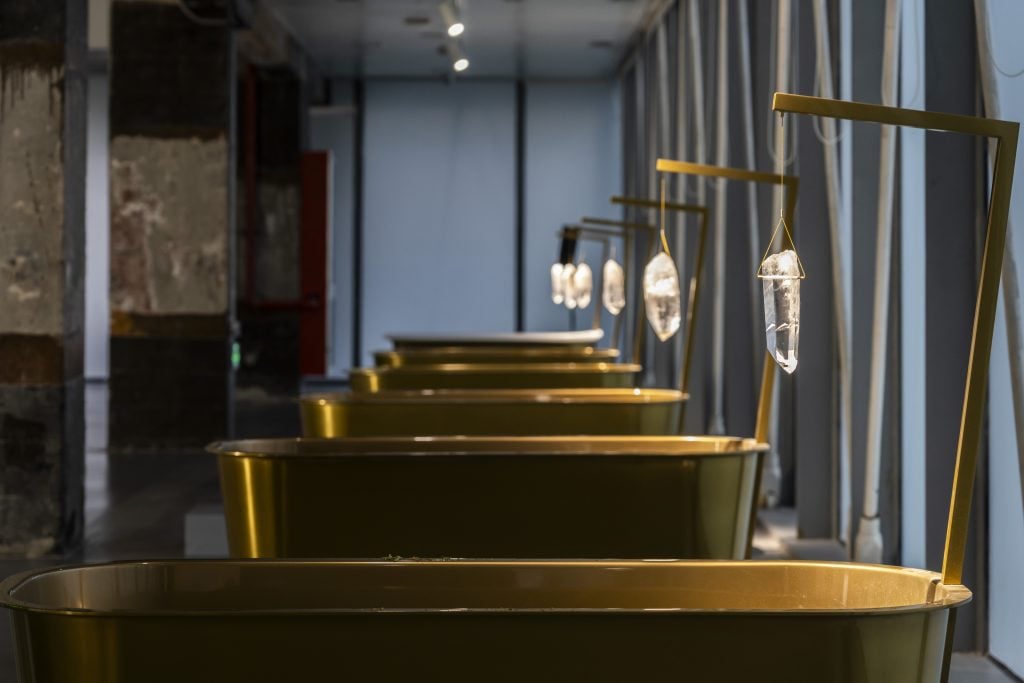
Installation shot of "Marina Abramović: Transforming Energy". Photography by Yu Jieyu, courtesy of MAM Shanghai.
The three-floor exhibition invites visitors to connect with the stones and recharge themselves. It also provides tiny lockers for phones. Abramović hopes people will first experience the exhibition before taking photos. "Only by changing yourself can you change others. This is what Mahatma Gandhi proved," she noted. "He made an entire movement without war. Gandhi is a huge inspiration for me." For this exhibition, she emphasizes, "The public is performing; not me," inviting a shared exploration where each participant becomes a vital part of the unfolding experience.

Marina Abramović, The Great Wall Walk, People and Buildings, 1988. Courtesy of the Artist.
"Transforming Energy" has been three years in the making through close collaboration between Abramović and Baitel. "After the Great Wall of China, I got the idea for transitory objects, and I was really happy that I'd already made lots of works and called them transitory objects and not sculptures—they are there for the public to experience," she says. "I wanted to make a new body of work. So, I made the entire first floor of the show fully interactive."
A piece consisting solely of five door frames is a work the artist is proud of. It beckons the viewer into a curious ritual: standing on a platform, engaging in the slow deliberate act of opening and closing a door for hours. This repetitive motion, seemingly absurd, provokes confusion. As minutes pass by, the initial intrigue gives way to a creeping sense of tedium, urging the participant to confront the deeper significance of their actions and the quiet contemplation that follows.

Marina Abramović, Great Wall of China, Marina and People, 1988. Courtesy of the Artist
"Repetition brings a different state of mind, like repeating a mantra. When you repeat a mantra, what happens in your brain is that you stabilize breathing; breathing stabilizes emotions. When you stabilize the two, you become balanced. So, the door is not a door anymore—it is an opening to the cosmos, to a different state of mind, it is opening up consciousness."
Time, in its elusive and contemporaneous forms, plays a significant role in the show. While recalling the time spent preparing for her arduous journey across the wall, she says, "You can't prepare mentally for the walk because you have to prepare physically. I really went to the gym like crazy and did some walking on my own while traveling. But whatever I did to prepare physically, I was not prepared for reality, because the walk involved huge [amounts of] climbing."
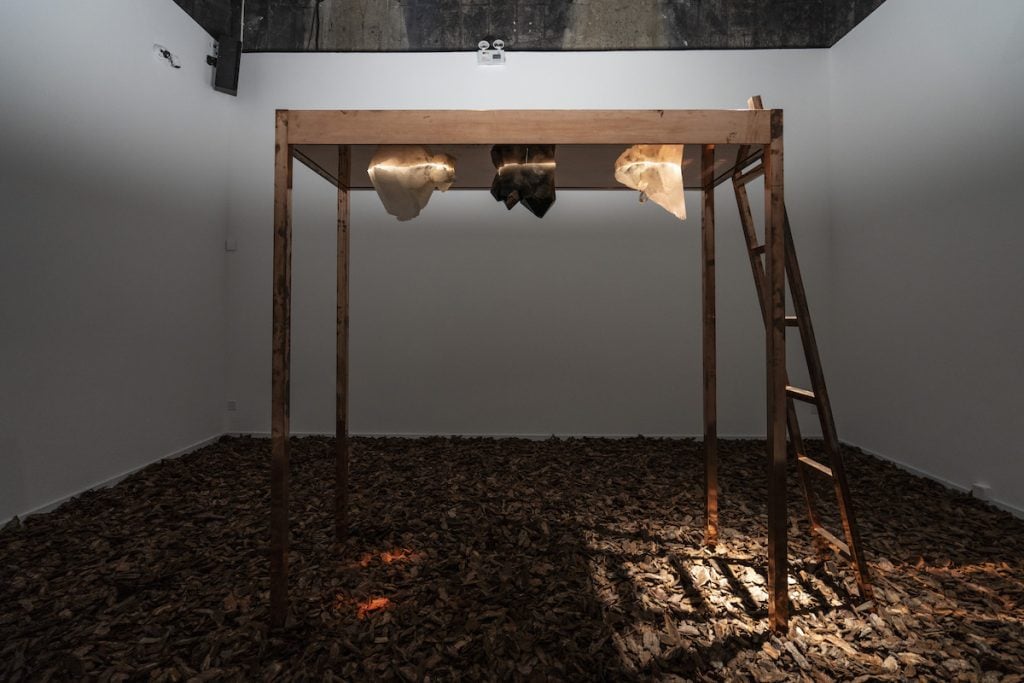
Installation shot of "Marina Abramović: Transforming Energy". Photography by Yu Jieyu, courtesy of MAM Shanghai.
Each day presented the daunting challenge of climbing 30 kilometers, with her companions—soldiers and Chinese guides—also captured in MAM's exhibition. At the end of each day, they preferred the comforts and nourishing food offered by villages, two hours away from the wall. "There were lots of times when physically I could not make it," Abramović recalled. Yet, upon reaching the halfway point, a quiet resolve emerged, "I can make another 2,500 kilometers and be the first woman to walk the Great Wall of China," she thought. "But the concept was different, so I did not, and I'm sorry now. I could have walked the whole wall with no problem at all."
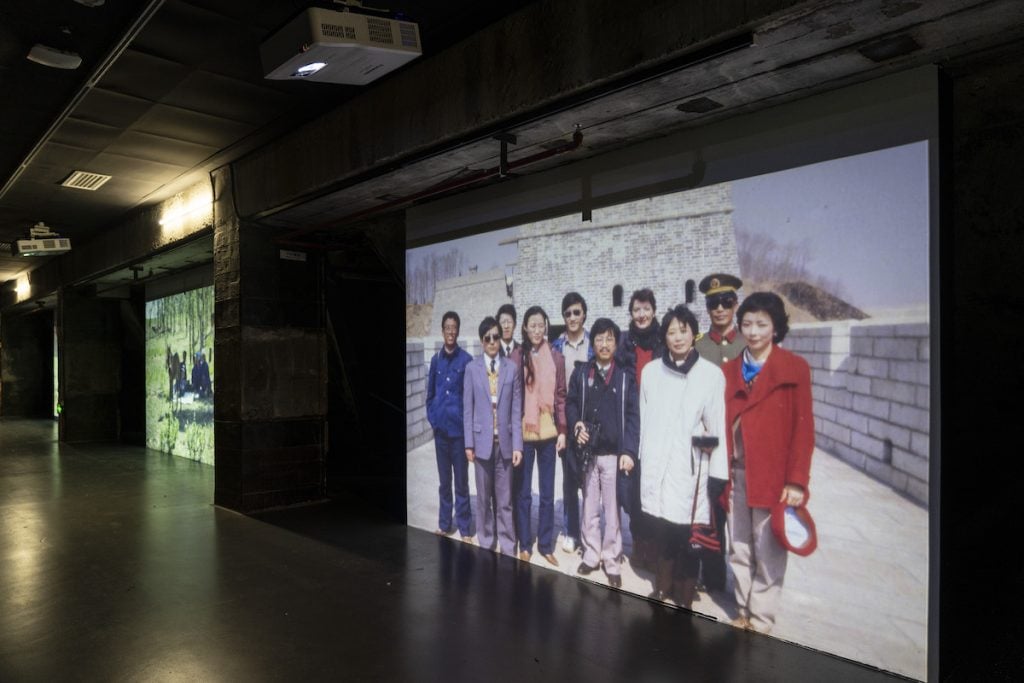
Installation shot of "Marina Abramović: Transforming Energy". Photography by Yu Jieyu, courtesy of MAM Shanghai.
"The entire show in China is dedicated to my parents," the artist explained. Vojin and Danica Abramović were both communists. "I was born in this kind of ground—which was very hard working and always thinking about what you can deliver to the community," she added. "These are very Chinese qualities. I feel at home here because there are a lot of things that remind me of my own country."
Abramović believes one must work in order to truly experience the exhibition, one which holds true resonance for an artist that has exhibited everywhere from Belgrade to São Paulo. "There is no better space than China. The younger generation really understands what I'm trying to tell them," she said. "The show in Shanghai is the best thing I've ever done. Really—I'm very happy."
"Marina Abramović: Transforming Energy" is at Modern Art Museum Shanghai, 4777 Binjiang Avenue, Pudong New Area, until February 28, 2025.

